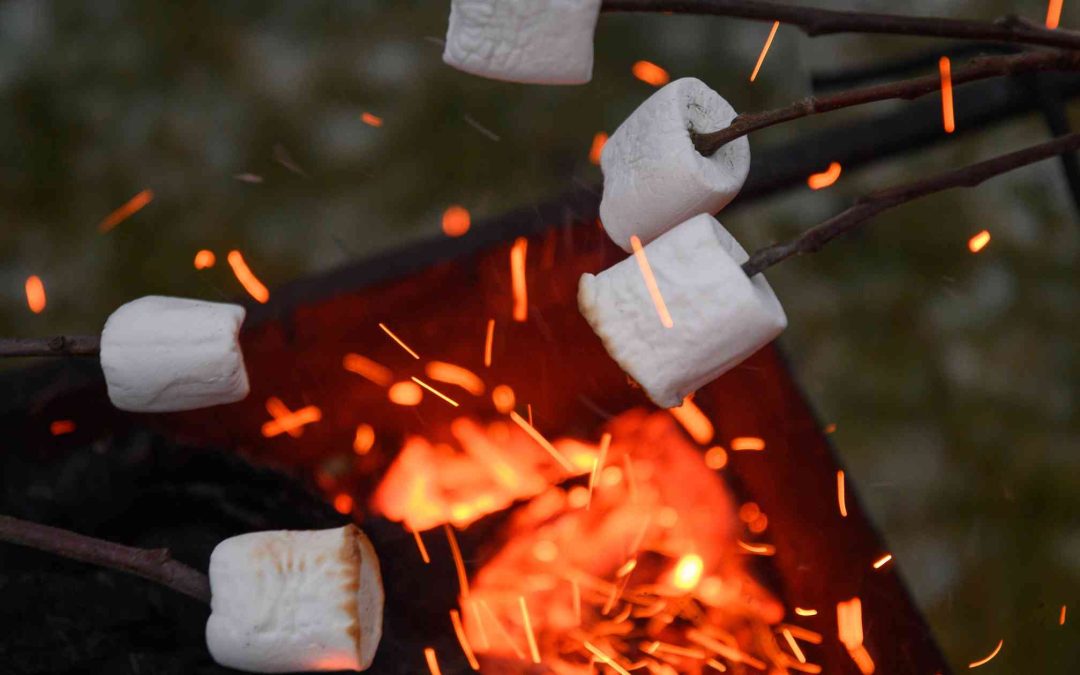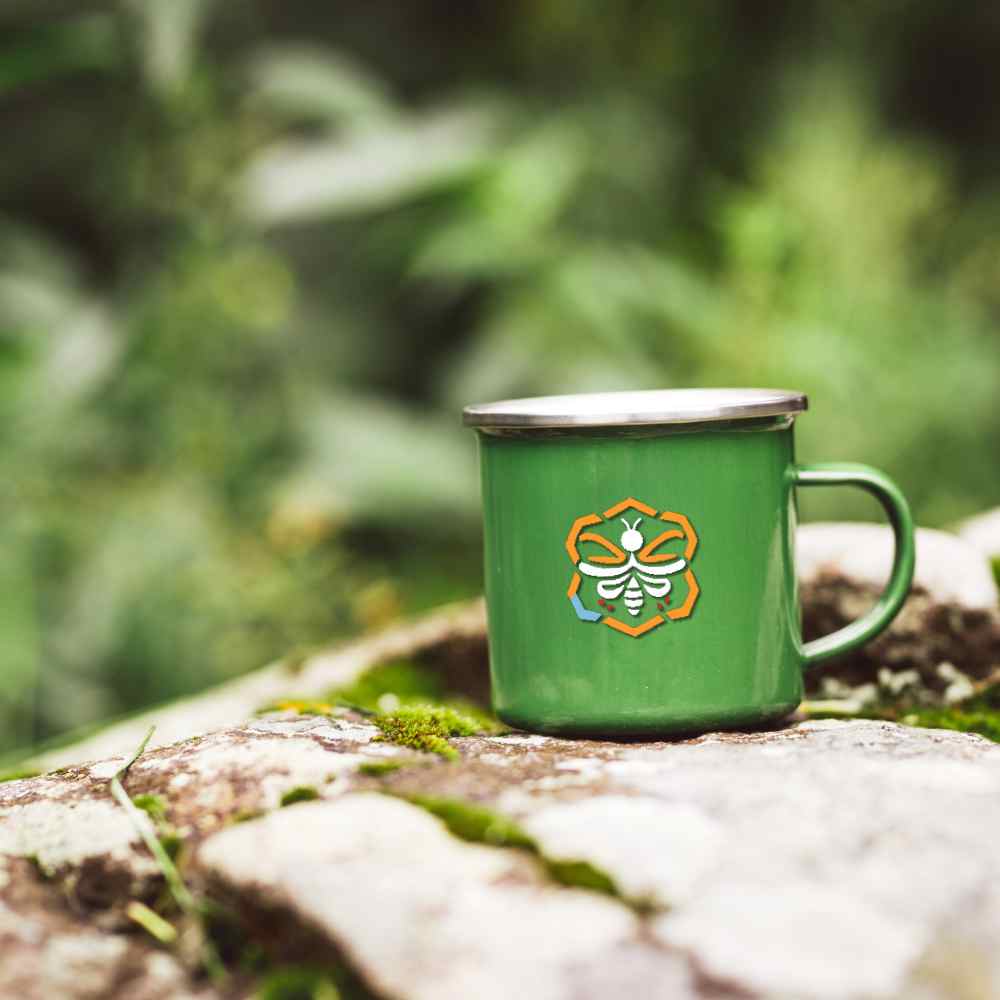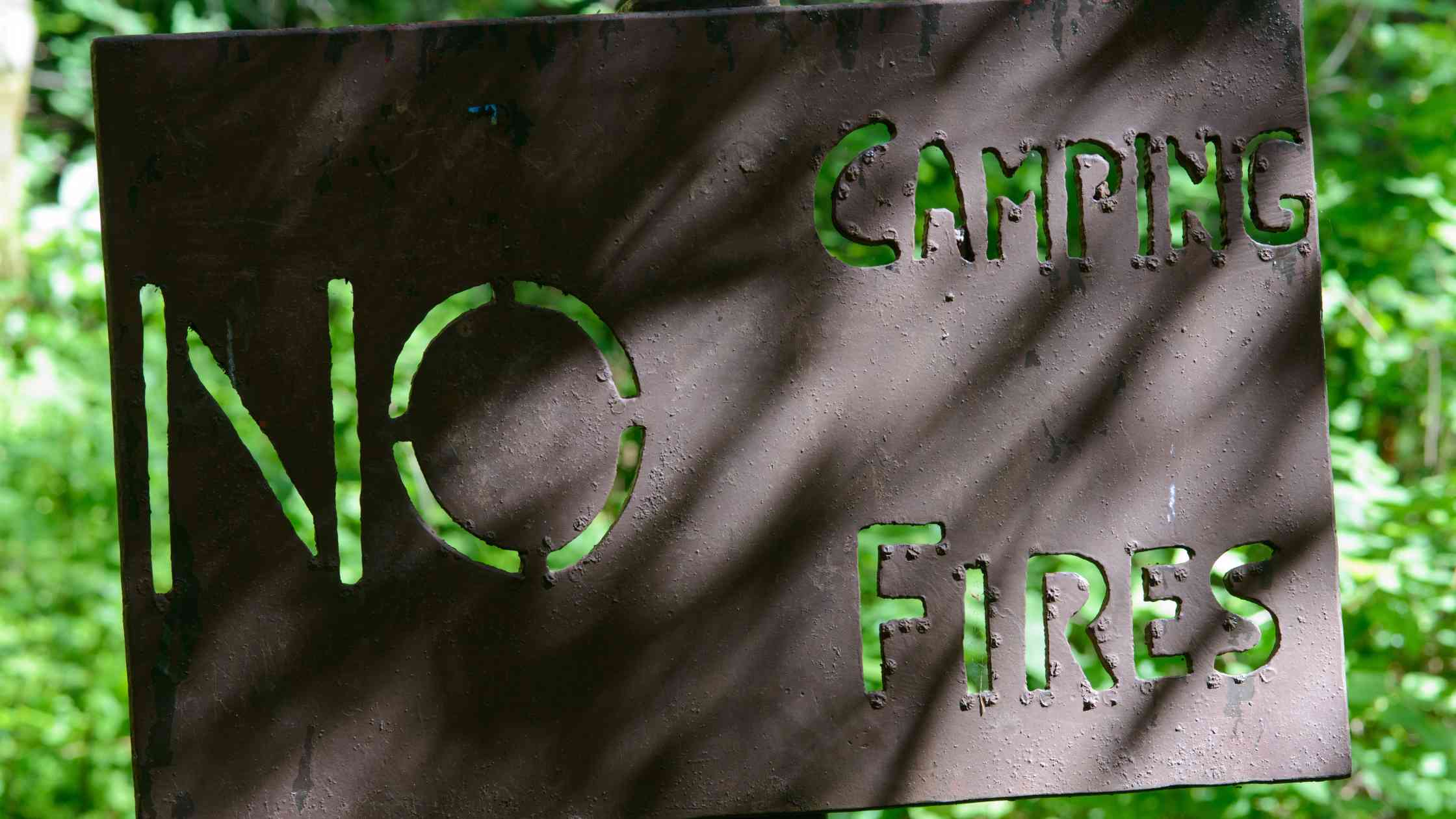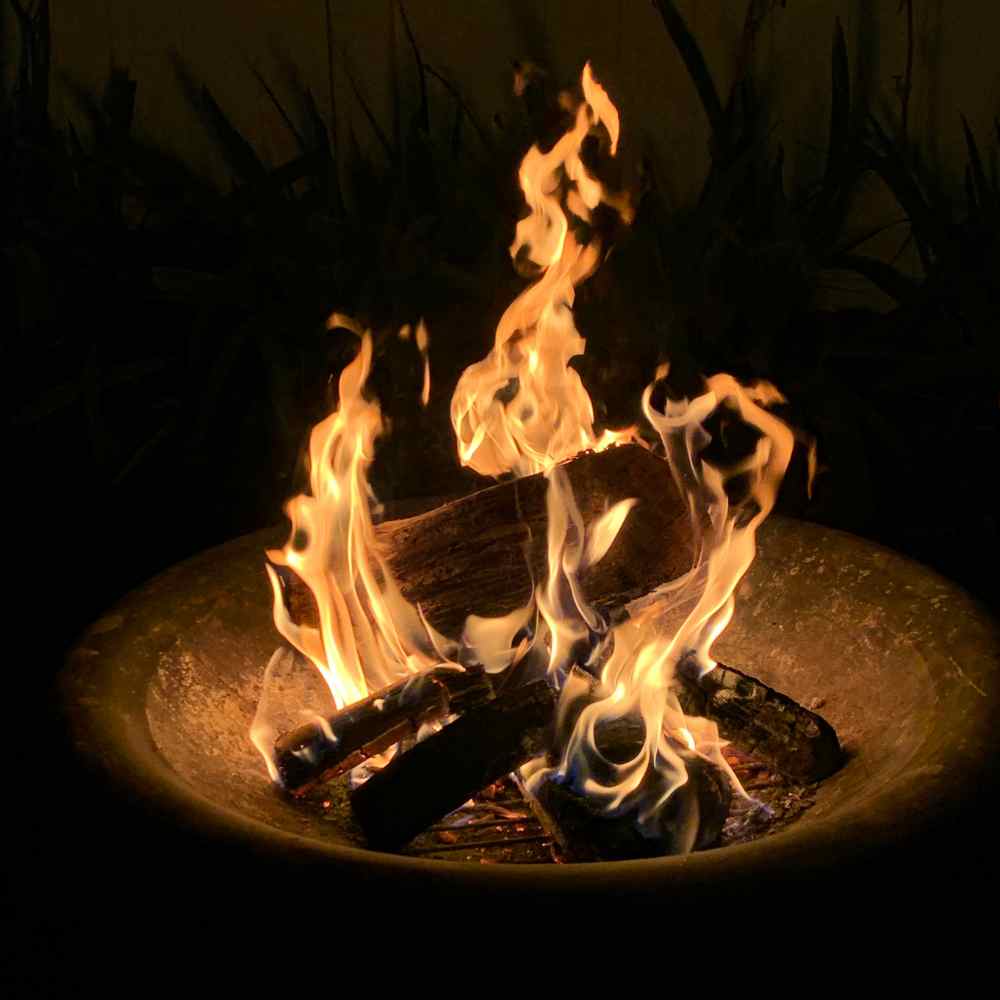Upcycling Adventures
Transformative DIY Camping Gear Hacks for Van Traveler'sUpcyling | Firepit
‘Revived Flames’ upcycled firepit adds a touch of eco-conscious charm to your van life adventures.
Have you ever considered using thrift store finds to create camping gear hacks for your van life adventures? It’s a great way to save money and get creative with your DIY projects!
So, you buzzing bees…how many of you are getting excited to be on the road and enjoying a few nights under the stars? I bet many of you have created some cool DIY hacks for putting your gear together!! It would be fun to see all the creativity we empowered gals develop. I would love to feature anyone interested in sharing their creation here in this blog. Even if it is utilizing an already manufactured item but twisting it to be used differently.
For example … I want to try my used 8′ x 10′ tent. I will remove the floor, use it as a side tent tied to my roof racks and wheels, and stake it into the ground. This tent would cover my Van Verde passenger sliding door, creating a breezeway and/or shelter. I don’t know if it will work until I try it.
P.S. I won’t cut the bottom out of the tent until I’m sure it will work…buzzzzzzz buzzzzz!!🐝 – watch out on my upcoming blog on that one!
Here’s my clever repurposing hack to share
Some of you from the Lake Panasoffkee meetup in mid-January, planned by Out On A Limb with Kym & Old Gal Never’s Diane, will remember me describing this around the big fire ring.
What better than to have a campfire 🔥 at the end of the night once you’re settled in and ready to chill in your chair and see what constellations you can find in that starry sky.
FYI: When designated fire rings are present and provided, I recommend you use those for safety purposes and insurance reasons.
Part One
On Tuesday, the large strainer was at our local Value Village for $7, less a 15% senior discount!
I took 4 large screws, washers and nuts that would fit in the holes in the bottom of the strainer. They become the feet and can be adjusted as required. This allows air to get underneath the fire I build inside and all the holes around the drum of the strainer.
Minimal sparks occur; it’s small and lightweight and takes up little space… but it does the job, and with the metal container, it stops ground burns and possible fires, making it very safe.

Part Two
I had several film reel containers in my stash, and the largest one works perfectly for this DIY hack.
The bottom sits on the ground and holds the strainer inside. You then build your fire, and once it is going, the lid goes on top of the strainer and becomes a cooking surface for pots, pans, kettles, etc. You have to lift off the lid to put more wood into the strainer, so keep work gloves, thermal mitts, or pot holders handy for this job. When cooking is done, set the lid aside and enjoy roasting marshmallows or just watching the flames dance happily through all the holes in the strainer… It’s actually quite a pretty sight!!
When I’m finished, and everything has cooled down, I brush out the steamer, strainer, and reel container, wipe with a damp paper towel and vinegar, and pack it all in a reusable waterproof large grocery bag. The bag is then stored under my bed until the next time.
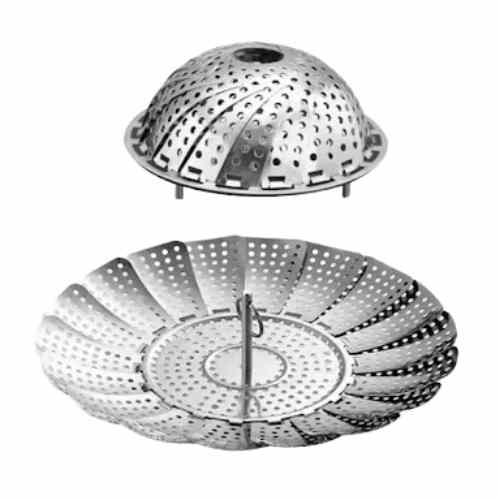
Would you like to show you camping gear hacks to our Honeycomb Hive? If so, post pictures and an explanation in the comment section.
Dont be a fire bug!
It’s always important to keep fire safety in mind.
Choose a Safe Location:
Look for designated fire pits or areas where fires are permitted. Ensure the spot is away from overhanging branches, dry grass, or other flammable materials. Keep a safe distance from your van to prevent accidental fires.
Clear the Area:
Before starting your fire, clear the ground around the fire pit. Remove any debris, dry leaves, or twigs that could catch fire and create sparks.
Build a Fire Ring:
If there isn’t already a fire ring, create one using rocks or a metal ring. This helps contain the fire and prevents it from spreading.
Check the Weather Conditions:
Avoid building a fire in windy conditions, as it can quickly get out of control. Check the weather forecast before starting your fire, and be prepared to extinguish it if conditions worsen.
Use Proper Firewood:
Only use dry, seasoned firewood for your campfire. Green or wet wood can create excessive smoke and sparks, increasing the risk of accidents. Pressure-treated lumber, railroad ties and timber from construction sites can contain toxic chemicals such as arsenic and aren’t safe to burn.
Do not bring wood from outside the area. Please buy wood where you will camp and burn it to prevent the spread of wood disease.
Please remember that flames and heat can destroy Bees’ nests, and smoke can disrupt their navigation abilities, so always consider them.
Keep a Water Source Nearby:
Always have a bucket of water, a fire extinguisher, a plastic container with water, a drink bottle, or a hose nearby if the fire starts spreading or gets out of control.
Be prepared to extinguish the fire completely before leaving the area or going to sleep.
Start Small:
Start with a small fire and add more wood as needed. Avoid building a fire that is too large or too hot to control.
Never Leave the Fire Unattended:
Always supervise the fire closely and never leave it unattended, even temporarily. Assign someone to watch the fire if you need to step away.
Extinguish Properly:
When you’re done with the fire, extinguish it completely by pouring water over the embers and stirring them with a shovel or stick. Make sure there are no glowing embers left before leaving the area.
Regulations:
Always check your local area regulations; some areas have high-risk or fire bans. With global warming and the lack of precipitation, we are experiencing more dryness and drought.
Have Fire Safety Equipment:
I keep a fire safety blanket in Van Verde. These can quickly smother small fires or control flames that get out of hand.
Respect Wildlife and Nature:
Remember that you’re a guest in the wilderness, so be mindful of your fire’s impact on the environment and local wildlife. Avoid burning plastics, food scraps, or other non-biodegradable materials. Remember the
At its best, travel should challenge our preconceptions and most cherished views, cause us to rethink our assumptions, shake us a bit, and make us broader-minded and more understanding.
~Arthur Frommer
Join Debbie's Van Life Journey Today
Ready to showcase your van adventures? Share your van tour or van setup with us?
Email us your stories

